Isadora Now at the Barbican
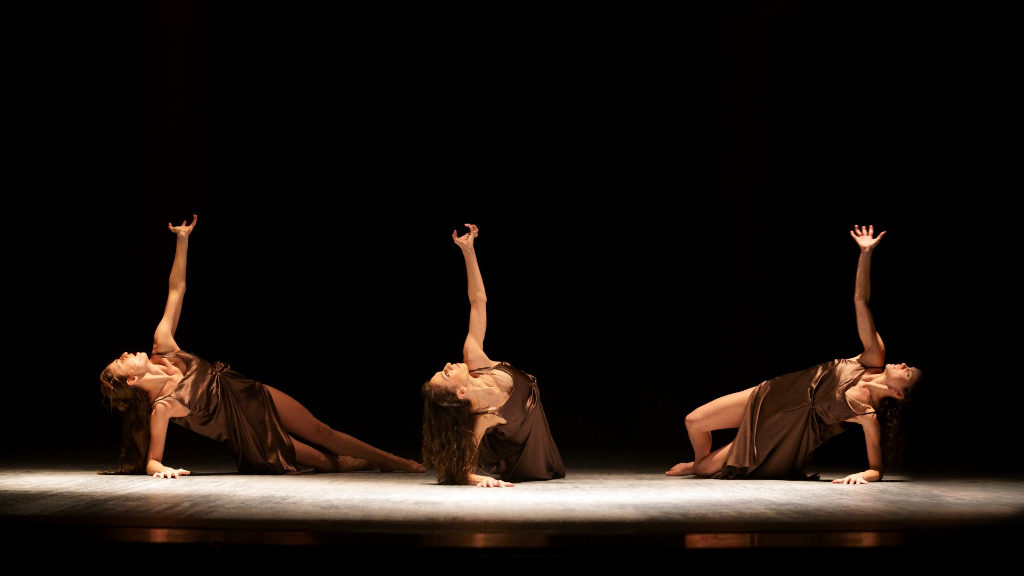
Moving lights silently announce the beginning of the show. The stage is open, a large bowl and two standing blocks in the background, while the dancers crawl towards the centre. The triple bill Isadora Now starts with the most original of the American icon’s works. Dance of the Furies has been repeatedly described as ugly and without grace, and the movements could actually be categorised as not very clean, even in this restaging by Barbara Kane and Viviana Durante. But it is utterly beautiful. Knowing where it was born, in an era where the canon and structure of ballet ruled, it couldn’t be more liberating. Gluck’s music, Orfeo ed Euridice, is given a replenished energy. A certain attraction lies in the non-fluid mix of elements.
Impressed by the revolution brought in by Duncan, Frederick Ashton prepared Five Brahms Waltzes in the Manner of Isadora Duncan, whose title explains itself. The short pieces are linked by the same flowing though robust movements of the soloist (Begoña Cao on the press night). Midway between classic and an eruptive modern style, this set paints a comprehensive picture of how groundbreaking Duncan’s contribution was. Silky as the tunic worn, and candid as its dominant peachy colour, it still keeps those wild leaps and runs that cross throughout the whole production.
The three selected numbers are presented in chronological order, trying to communicate the various interpretations and the evolving image of Duncan. But the project seems a bit too ambitious, and not very effective in its collation of such different sets, each of whose fragmented rhythm could already be quite distracting. All of the sequences are very good acts, contained in length and imparting lessons on owning a free body, free mind and free spirit. However, a triple bill needs more than the limping succession offered here. For this reason, it takes quite a while before the audience becomes fully immersed in the third and final part, the commissioned work of Joy Alpuerto Ritter – not because of any lack of spark in it.
The choreographer is inspired by the primordial element that moulded Duncan’s spirit. Water is the overarching thread of Unda, in its calm as well as stormy states. The dancers – once again all female – are mesmerisingly fluid, pairing with the depth of the cello accompaniment. Composer and performer Lih Qun Wong sits on stage, the instrument in her hands whispering loud breaths. The wave gradually builds up, the synchronised shifts, the running, until it reaches a vibrant surge.
Dance channels life energy, returning it to the audience in an unregulated and intense, totally naturalistic way. Duncan showed, taught, and continues to inspire us as to the how.
Cristiana Ferrauti
Photos: David Scheinmann
Isadora Now is at the Barbican from 21st February until 29th February 2020. For further information or to book visit the theatre’s website here.

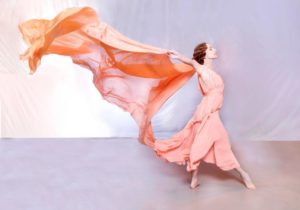
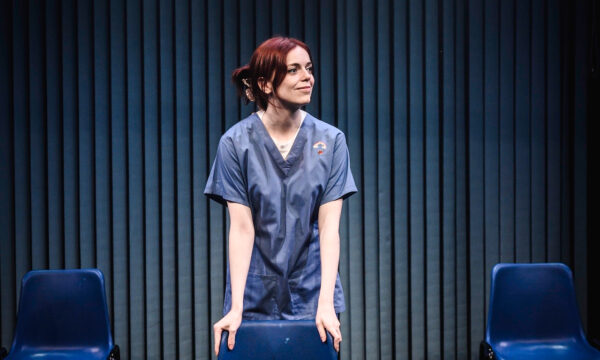
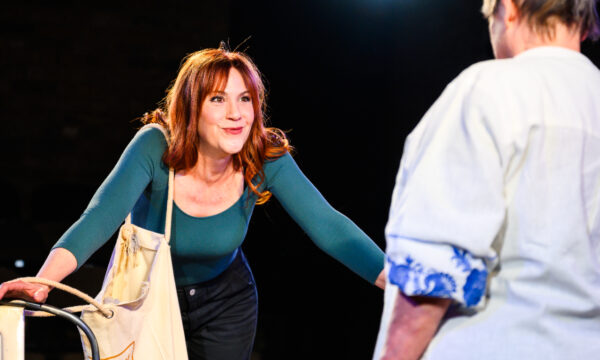
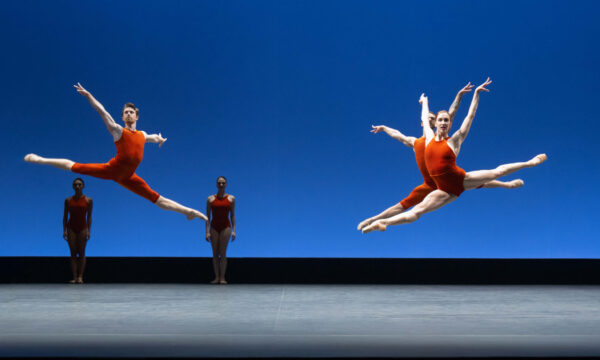
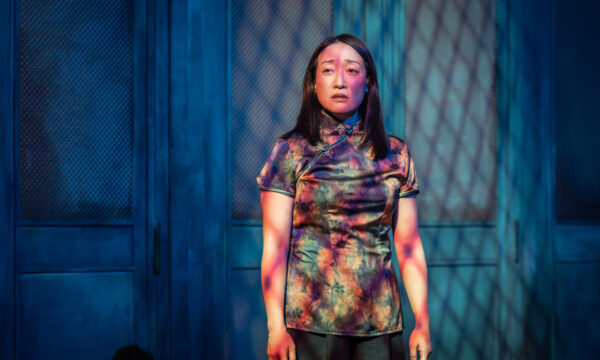
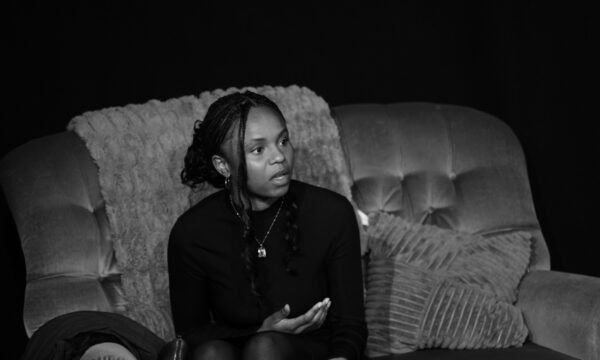
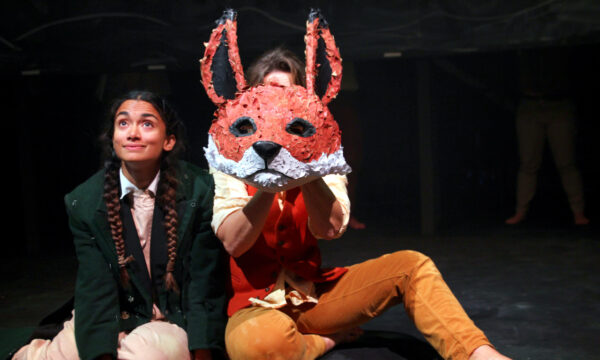
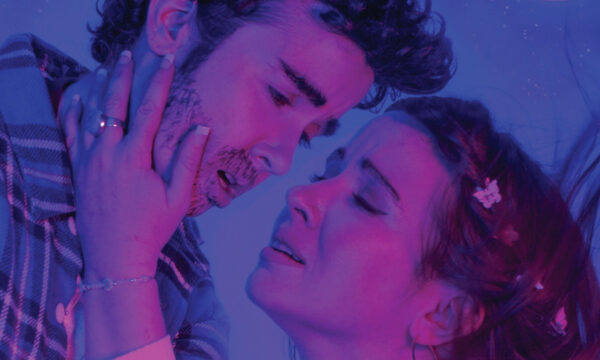
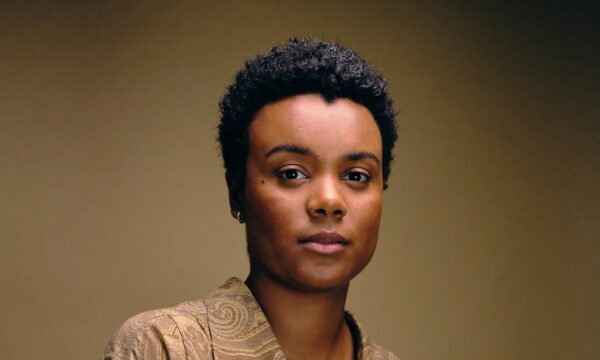















Facebook
Twitter
Instagram
YouTube
RSS